The well-known Russian Indologist, Ivan Minayev’s work on Voyage Beyond the Three Seas, a 15 {+t} {+h} century travelogue by Afanasy Nikitin (a Russian merchant and adventurer), developed the original so beautifully as to reflect contemporary India in all its diverse, but integrated, economic, social and cultural facets.
The book starts with two notes: one by Irina Chelysheva on Minayev’s contributions to Indian studies, and the other by Minayev himself, briefly introducing Nikitin’s manuscript. Chelysheva’s note sharply brings out Minayev’s heritage that continues as leavening influence on the Russian Indologists, even after 120 years.
The first of the seven chapters in the book is on Nikitin’s voyage from Hormuz, a tiny island of Persia, 20-30 miles in perimeter with barren land and inhospitable climate, but with one of the most strategic ports. It is followed by a narration of his trading experience in Cambay, a port from which ships sailed all over the Indian seas. Nikitin had a sojourn in Chaul, a commercial town in the Bhamini kingdom, situated 23 miles to the south-east of Bombay.
Bidar, where Nikitin arrived from Junnar via Kulungir and Gulbarga, is discussed extensively. The prominent role Bidar played as a medieval point of exchange and a transactional centre of contemporary politico-cultural life; the Shah and his court; and his campaigns and excursions — all these are dealt with in detail. The contextualised note of the editor, given towards the end, helps the reader a great deal in comparing Nikitin’s travelogue with contemporary sources.

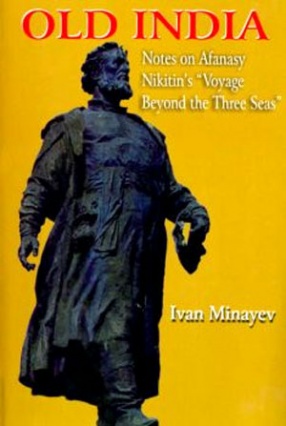
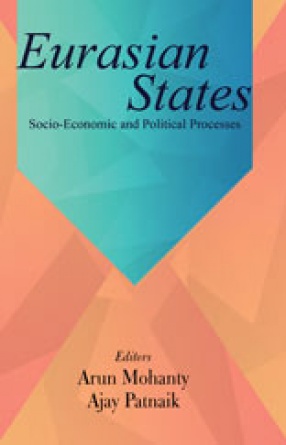
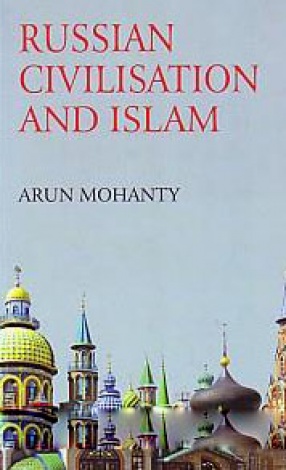
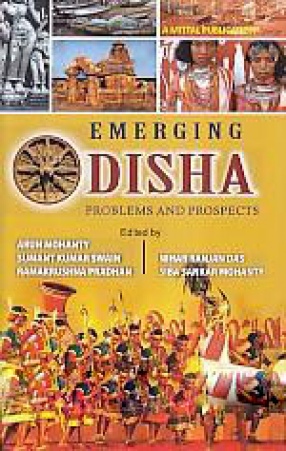
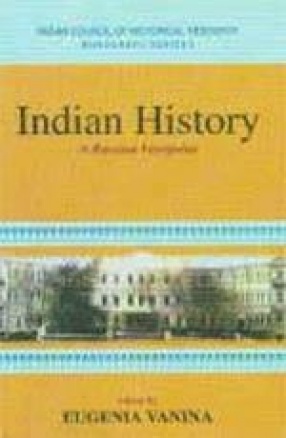
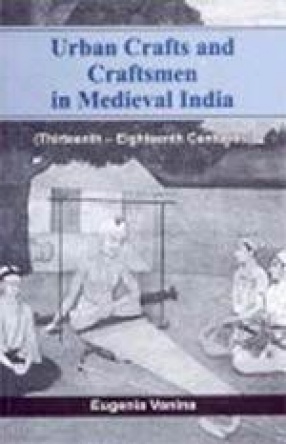
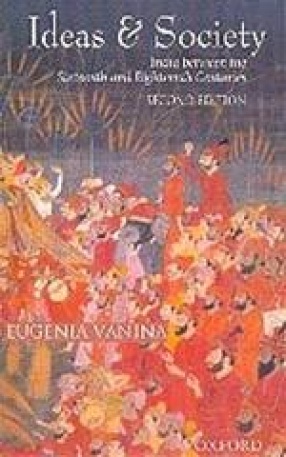

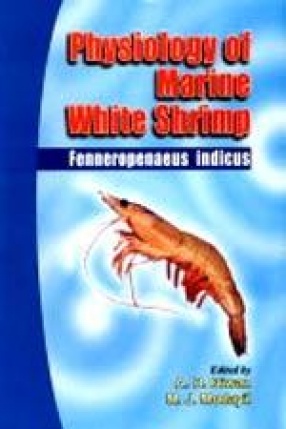
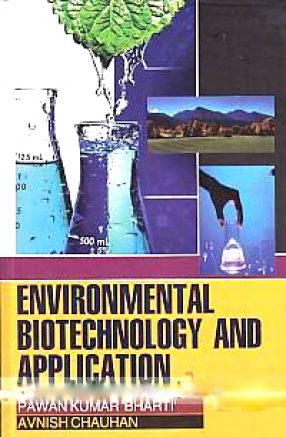
There are no reviews yet.